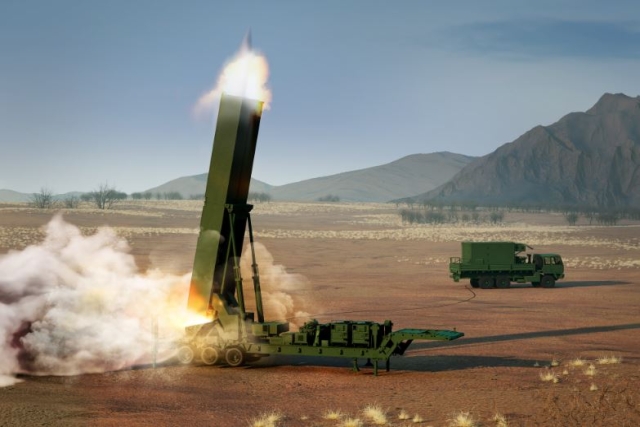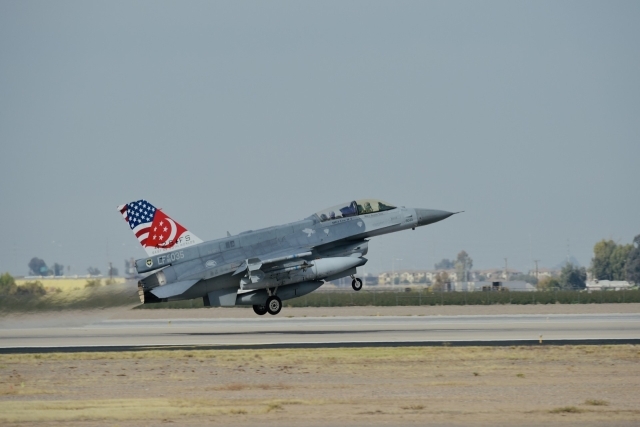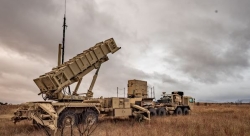US Marine Corps Tests Light Armored Vehicle Anti-Tank Upgrades
The US Marine Corps Light Armored Vehicle Anti-Tank (LAV-ATs) modernization program is in the middle of development tests stage, with four of the prototypes have successfully fired 14 missiles.
In mid-March, the vehicles were put through a swim test and landing craft air cushion tests at the Amphibious Vehicle Test Branch at Camp Pendleton, Calif.
“The LAV-AT modernization program is designed to improve mission effectiveness and supportability for Marines,” said Col. Mark Brinkman, LAV program manager.
Embedded in their original design, LAVs combine speed, maneuverability and firepower to perform a variety of functions, including security, command and control, reconnaissance and assault.
“They can operate on land and in water, carry communications equipment and provide a weapons platform,” Brinkman said. “The LAV isn’t just part of a combined arms force—it is one.”
In upcoming tests, the LAV-ATs will engage in electromagnetic environmental effects developmental tests at Redstone Arsenal, Ala., and reliability, availability and maintainability, and performance tests.
“The LAV has proved its worth since initial fielding in 1983,” Brinkman said. “The Marine Corps is committed to ensuring this platform remains viable until at least 2035.”
With the LAV’s future role for the Marine Corps in mind, government developmental tests started in December 2013. As of March 2014, no significant issues have surfaced. An operational assessment will follow developmental testing in late 2014. The initial production contract is expected to be awarded in September 2015.
In April 2012, the Marine Corps through Program Manager LAV awarded a contract to develop and integrate an anti-tank weapon system on four LAV-ATs.
The new anti-tank weapon system, or ATWS, will fire the Tube-launched, Optically-tracked, Wire-guided/radio frequency family of missiles. The system uses the Modified Improved Target Acquisition System for sighting and fire-control functions.
The new ATWS turret system will provide an enhanced capability over the existing sighting system, according to Brinkman. It will provide a second-generation forward looking infra-red, far target location and ability to acquire targets on the move. The ATWS system will have commonality with the already fielded Saber system to increase supportability and readiness in the field.










